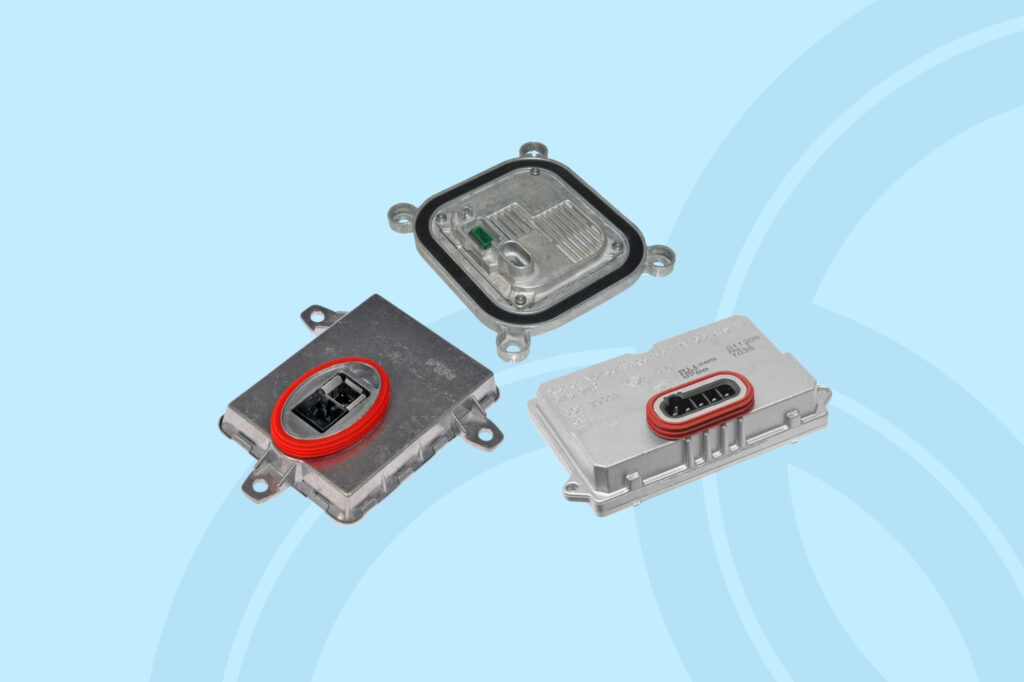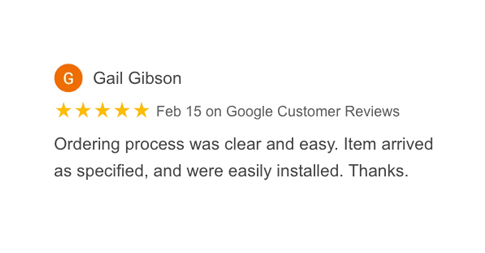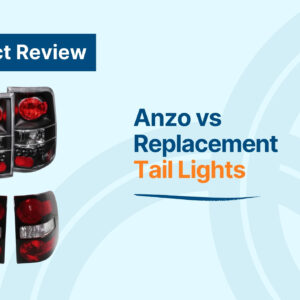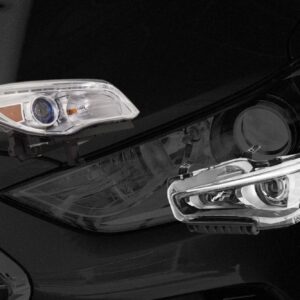An HID ballast is the component responsible for mediating the voltage and current of an HID bulb. It allows the bulb to start up safely and warm up to its full brightness without burning out. Any vehicle that uses a HID lighting system requires an HID ballast.
Are you considering replacing your vehicle’s HID ballast? Here’s what the process might entail.
How to Replace Your HID Bulb Ballast
Bear in mind that it’s generally recommended to hire a professional to perform this procedure for you. The exact procedure for replacing a ballast varies from vehicle to vehicle so it’s always a good idea to consult an expert.

If you want to learn how to replace your vehicle’s HID bulb ballast, follow these steps carefully.
What You Need
- Safety gloves and goggles
- Replacement HID bulb ballasts
- Electrical tape
- Screwdriver
- Pliers
- Wire cutters
- Vehicle owner’s manual
What to Do
- Park your vehicle and turn off the ignition.
- Open the hood.
- Disconnect the battery.
- Unplug the HID bulbs and remove them carefully.
- Remove the old HID bulb ballasts (electric box with wires usually but not always built into the headlamp assembly).
- Carefully install your replacement HID bulb ballasts.
- Secure the wiring and the ballast with electrical tape before mounting the ballast securely in the engine bay.
- Reinstall the HID bulbs and close the hood.
- Reconnect the car battery and test out your HID headlight ballasts.
HID Bulb Ballast Troubleshooting Tips
After replacing your vehicle’s HID bulb ballasts, you might experience some technical difficulties with your vehicle. Here are some tips to help you diagnose and fix the problem.
Flickering Lights
If your HID lights flicker after replacing the bulbs or the ballasts, there might be something wrong with how power is allocated. Installing a CANbus decoder can reduce power issues and fix the problem.
HID Bulb Failure
Another problem you might experience after replacing the bulbs or the ballasts is that the bulbs may fail to turn on. If this happens, it’s a good idea to check the wiring, fuses, and battery connection to see if there are any anomalies. Correcting them should fix the problem.
Weak Beam Patterns
If the beam patterns from your HID bulbs are poor, the problem might lie with the bulb or ballast alignment. It’s a good idea to inspect them one more time to check for problems with their alignment. Checking the reflector position is also a good idea.
HID Ballast Types
There are two HID ballast types to keep in mind: probe start and pulse start HID ballasts. Though both are used to supply and mediate the voltage and current of HID lighting systems, they differ in many ways.
Probe Start HID Ballasts
Probe start HID ballasts use a pair of electrodes to start, making electrons jump between them until the HID bulb is lit. After this happens, the starting probe electrode is removed from the circuit.
These ballasts take a long time to warm up the bulb to reach its full brightness. Probe start HID ballasts aren’t as common as they used to be since pulse start HID ballasts have eclipsed their technology.
Pulse Start HID Ballasts
Pulse start HID ballasts use a high-voltage igniter to start. These ballasts are more modern, making them direct upgrades in many ways.
They’re efficient and tend to make bulbs last longer on average by ensuring the lumens don’t depreciate as quickly. Pulse start HID ballasts are also more energy efficient than probe start HID ballasts.
Difference Between Ballasts and HID Ballasts
Ballasts are used to regulate the voltage and current supplied to a light source. They ensure that the lights operate safely and efficiently, making them crucial components of any lighting system.
On the other hand, HID ballasts are specifically designed to be used with HID bulbs. HID ballasts perform two key functions: provide the high-voltage pulse needed to light the bulb and regulate the electrical current to maintain steady light output. They’re a critical component of any vehicle that uses HID lighting systems because the system won’t function without one.
Getting Your Hands on a Replacement HID Ballast
It’s not a good idea to drive a vehicle without a working HID ballast. Since it’s the component responsible for mediating the voltage and current of the HID bulb, you’ll need it if you want functioning headlights. If you don’t know where to look, getting your hands on a replacement ballast can be difficult.
Fortunately, with the help of CarParts.com, getting your hands on auto parts designed to work with your vehicle has never been easier.
The best part? You can get your hands on your new HID ballast without ever leaving your house. Simply use your mobile device or computer to visit our website. Use our vehicle selector and input your vehicle’s details. Make sure to input the exact year, make, model, and engine.
We make sure to get our auto parts from some of the most reliable names in the industry. Each and every item in our catalog is hand-picked by a team of professionals to guarantee quality and longevity. You won’t have to worry about your new HID ballast failing you any time soon.
On top of that, our warehouses are strategically located all over the US. This means you can expect to receive any of your orders within two business days if you order before 12 noon EST.
Don’t hold off on replacing your HID ballast. Browse our catalog today.
Any information provided on this Website is for informational purposes only and is not intended to replace consultation with a professional mechanic. The accuracy and timeliness of the information may change from the time of publication.






































